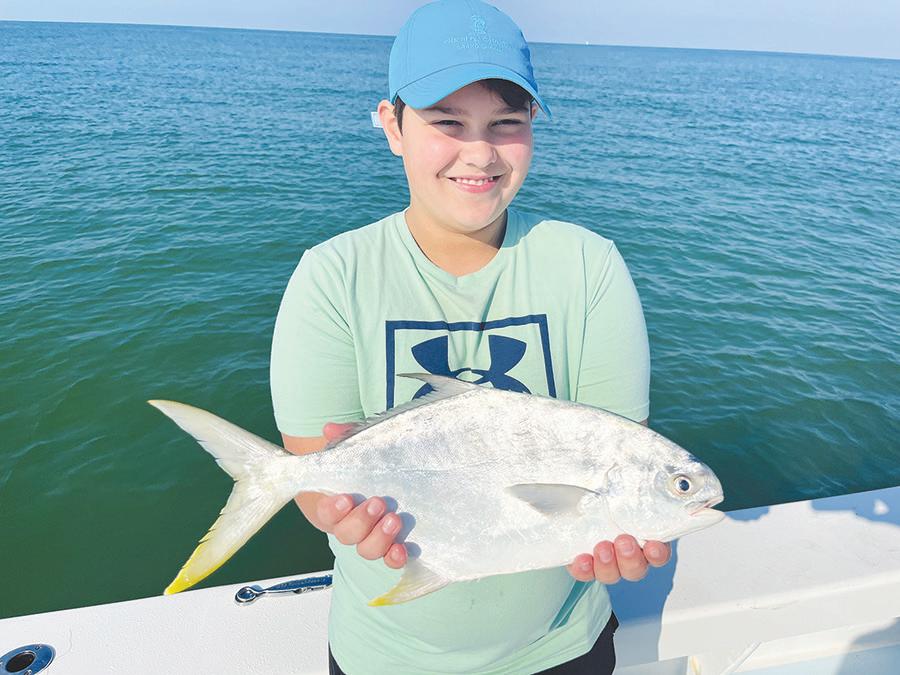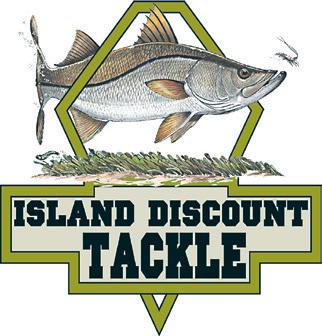
1 minute read
All about pompano
be found when spooked by a boat as they “skip” out of the water.

ompano range from the upper eastern U.S. coast to Texas, but the most consistent action is encountered from the Carolinas to Texas. Although they are a relatively common species along our coast, the average angler, unless they are savvy and targeting them, only land them occasionally.
The pompano is a species that has really benefited from the reduction of netting in Florida. Pompano are normally found in groups of 10 to two dozen rather than in true schools. They are erratic in their movements, affected by slight changes in temperature and movements of the tide. They can also
The most common method used to target pompano locally is jigging with a round lead jig with a short yellow or white skirt. These rigs can also be enhanced with a trailer fly or bait on a 12- to 18-inch piece of mono. Some newer models, including Silly Willy Jigs and Doc’s Goofy Jigs, are also effective. Other jigs by lure makers like DOA, including the DOA Shrimp, are also good choices. Pompano are also taken on flies. The best are Clouser-style with lead eyes in white, yellow, pink or a combination of colors.

For anglers who use live bait, the goto choice is a shrimp or sand flea, small crustaceans that inhabit the surf line along the beaches. When using terminal tackle, a lead sufficient to hold the bait near the bottom is attached between a 12- to 18-inch piece of monofilament line. The weight also functions to raise a puff of sand that will attract pompano. A hook in the 1/0 range is then attached to a 30-pound bite tippet using a uni or non-slip mono loop.

When fishing in and around local passes, many other predators are often encountered, primarily Spanish mackerel and bluefish. The use of swivels can attract the attention of these sharp-toothed gamefish. The 30-pound

SEE REEL TIME, PAGE 21











